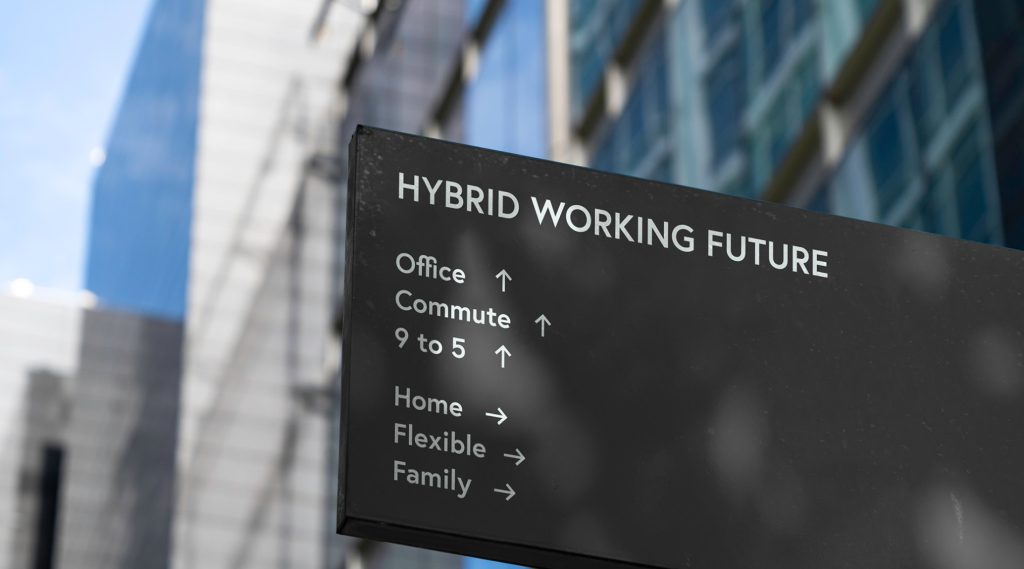Is ‘Blind’ Recruitment an Option to Improve Diversity?
With the dial on gender and other forms of diversity & inclusion stubbornly refusing to shift, some companies have adopted ‘blind recruitment’. Is it right for your company?
Case Study: The Australian Bureau of Statistics (ABS)
In 2015 the Australian Bureau of Statistics (ABS) took steps to improve the level of gender equality at all levels of the organisation. Indeed, in early 2015, women only held 21% of senior executive roles.
The Solution: Blind Recruitment
A hard look at the ABS’ recruitment methods resulted in the adoption of ‘blind recruitment’, in which names and other identifying details in applications were withheld from selection panels. While this recruitment technique is not new, the reasoning behind it is simple: without these details to draw on, selectors do not fall back on conscious or unconscious bias.
The ABS is not alone. Australia Post has adopted this method in an attempt to expand the likelihood of hiring people of diverse ethnic backgrounds. Overseas, Deloitte, HSBC, and the BBC have all tried blind recruitment, with the name, gender, age, education, and even sometimes the number of years of experience all being removed from applications.
The Results
The approach appears to have worked: the latest figures show the ABS now has 42% of senior roles filled by women. While this is certainly an impressive improvement in a matter of months, there is still work to be done, given that women make up 60% of the ABS workforce.
“It wasn’t about perfect anonymity because you can’t redact everything that might indicate somebody’s identity or origin, you might end up with the whole application blacked out,” James Palmer, ABS chief operating officer, told media. “But you can certainly remove any indication of what the person’s gender is.”
The ABS is taking other steps to improve gender equality. For example, they are designing jobs that are appropriately flexible, making it possible for people to work from home, or work from another office so they don’t have to move to Canberra to get into the ABS.
Another factor was removing assumptions from the minds of hiring managers. “We encourage supervisors to ask, don’t assume when considering which staff may be interested in new challenges or opportunities,” Palmer said. “You might find that the woman you thought was desperate to get home and look after her kid is actually up for a bit more of a challenge, so you should ask and don’t make assumptions.”
So, how can your company attempt the same ‘blind’ approach?
- Is it right for you? CVs and responses to application form questions can be handy topics for fleshing out at interview. Does your business actually have a bias issue needing to be addressed? If you feel your business would benefit, you must choose how ‘blind’ you want to go. Some companies may want to omit names, gender, age and education from applications; others may want to only omit information they believe their organisation has a certain bias against. Ultimately your goal is to assess people on capability alone.
- Ensure the processes match your blind recruitment criteria. This is where psychometric and practical aptitude tests are useful: it forces you to get to the nuts and bolts of what it takes to do the job. Google, for example, will use various psychometric and ability tests to assess candidates. The information gleaned from psychometric and ability tests reveals if someone has the right kind of mental, cultural and ability fit, beyond the colour of their skin, ethnic background, marital status or other defining trait.
- Ensure the interviewers are trained. Assumptions can still be made the instant the interviewer meets a candidate. Recruiters and hiring managers need to be trained to recognise subjective elements in their thinking so they can actively discount these, and be able to assess objectively against the job requirements and competencies. We all hold bias’ – it’s only when we become aware of them that we can actively manage them.
- Use standardised questions and avoid those not relevant. Related to number 3, any good work originating from blind recruitment can be undone with questions that could infer discrimination – for example, asking about family arrangements.
- Document the process. A ‘blind’ process may involve less paper in one sense, but just like any recruitment process, you should ensure any interview involves accurate and professional notes being taken. Also ensure any subsequent moderation or decision-making forums are documented. This will allow you to show the reasons for a candidate being unsuccessful should a complaint of discrimination be made.











